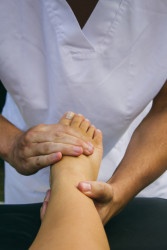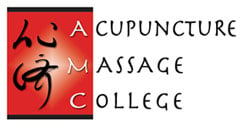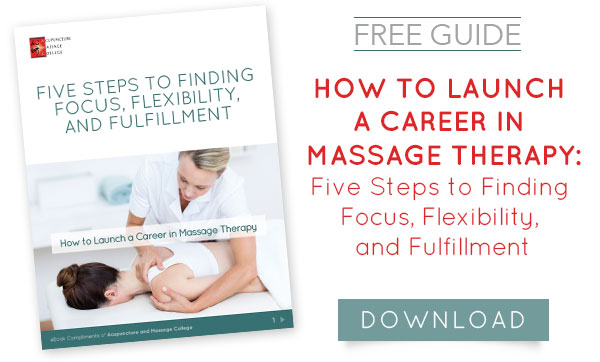 There’s no doubt that massage therapy can be just what the doctor ordered to relax and unwind. It can also be just what the doctor ordered to treat a variety of health issues. Treating disease with medical massage has appeared more and more in the mainstream as both health care providers and patients have discovered the benefits of this 4,000-year-old practice.
There’s no doubt that massage therapy can be just what the doctor ordered to relax and unwind. It can also be just what the doctor ordered to treat a variety of health issues. Treating disease with medical massage has appeared more and more in the mainstream as both health care providers and patients have discovered the benefits of this 4,000-year-old practice.
What is medical massage?
Medical massage uses many of the same techniques and movements of traditional massage, however, medical massage is outcomes-based. According to Medical Massage Practitioners of America, medical massage is results oriented, and the treatment is specifically directed to resolve conditions that have been diagnosed and prescribed by a physician.
The roots of medical massage involve addressing abnormalities in reflex zones that include the skin, muscles, connective tissue, and the periosteum. These abnormalities can cause pain, discomfort, limited range of motion, and other symptoms. Using massage can eliminate the abnormalities and improve health.
Patients often look to medical massage as an alternative to conventional treatments because many disciplines or modalities of medical massage focus on the treatment of the diagnosed condition, versus only on relaxation and overall wellness.
Proven effectiveness
Through the years, studies have shown a direct link between using massage therapy and reducing high blood pressure, incrementing low blood pressure, and alleviating chronic pain, tendonitis, and frozen shoulder. There also have been three major breakthroughs that show massage can have a significant impact on treating certain conditions.
Researchers at Cedars-Sinai Medical Center in Los Angeles found that people who received Swedish Massage showed measurable positive effects on their immune system. Findings show that the treatment could help in managing inflammatory and autoimmune conditions.
Researchers have found links between massage and increased stability in older patients and a reduced risk of falling. A study found that therapeutic massage can positively influence factors that can cause older adults to fall, including postural stability and blood pressure.
Finally, researchers at the University of Miami have found that massage therapy relieves depression and anxiety by affecting the body’s biochemistry. A study of 500 men, women, and children with depression or stress problems revealed participants experienced a 54% drop in cortisol levels immediately after massage. Cortisol is the “stress hormone” that increases blood pressure and blood sugar and suppresses the immune system.
In addition to these known outcomes, medical massage has been prescribed to treat common medical issues, including:
• Fibromyalgia
• Arthritis
• Sciatica
• Scoliosis
• Thoracic outlet syndrome
• Whiplash
• Sports injuries
• Stress-related disorders
If you’re suffering from any of these conditions, medical massage could be just what the doctor ordered. While treating disease with medical massage can be effective, it’s important to first talk to your health care provider about your condition and how to integrate treatment options. After that, it’s also important to ensure your massage therapist has experience or training in components of medical massage.
For more information about the benefits of massage therapy and all aspects of Traditional Chinese Medicine, browse our blogs here.

 (305) 595-9500
(305) 595-9500







